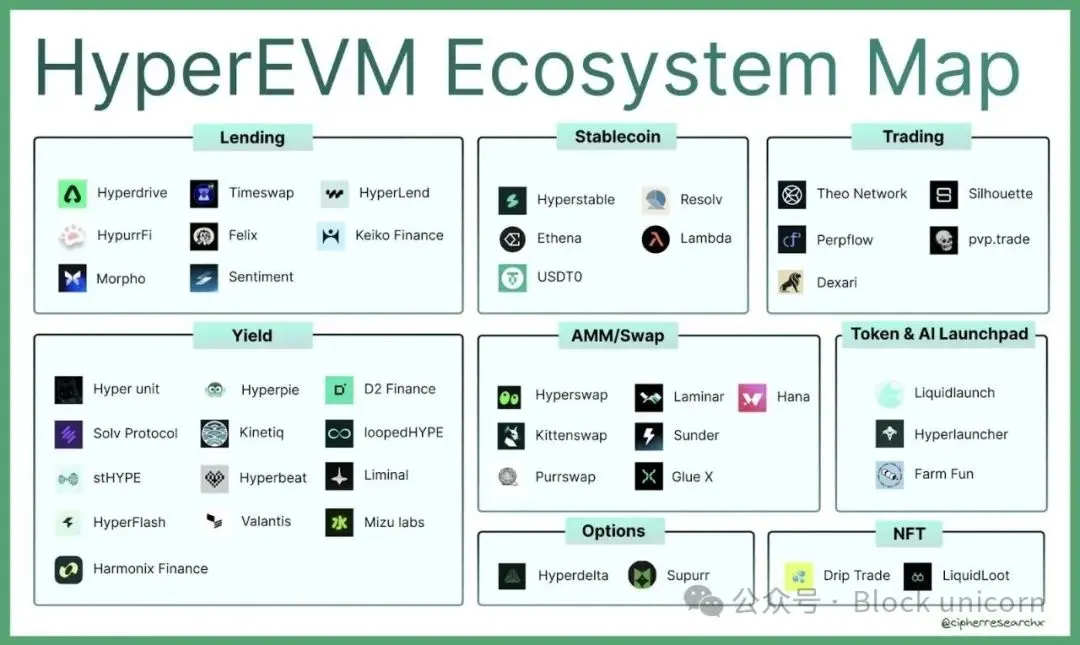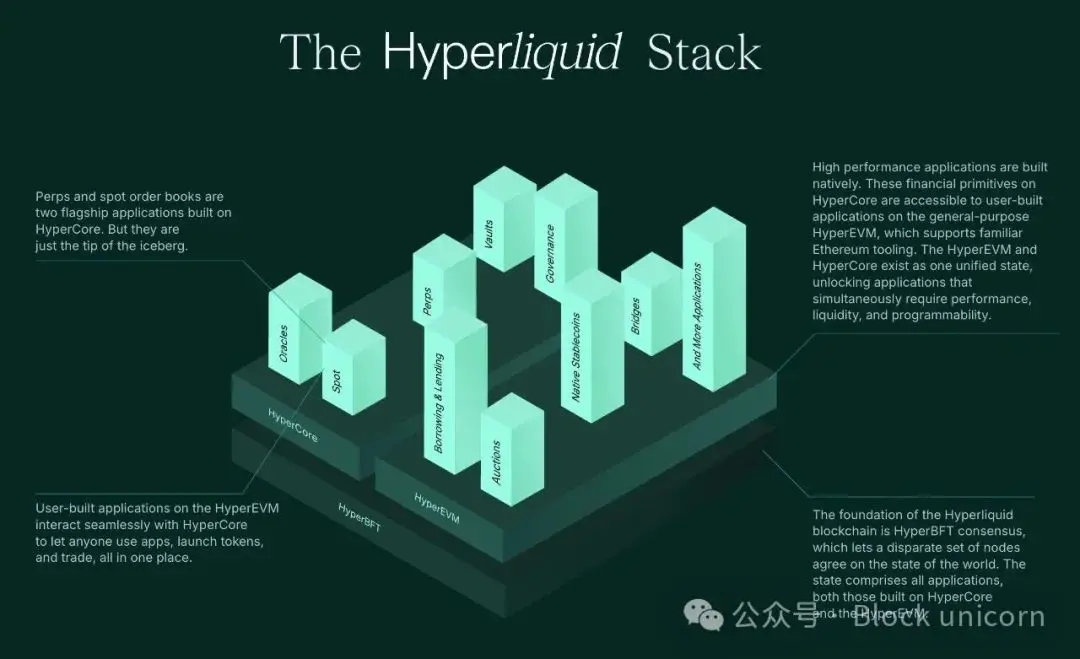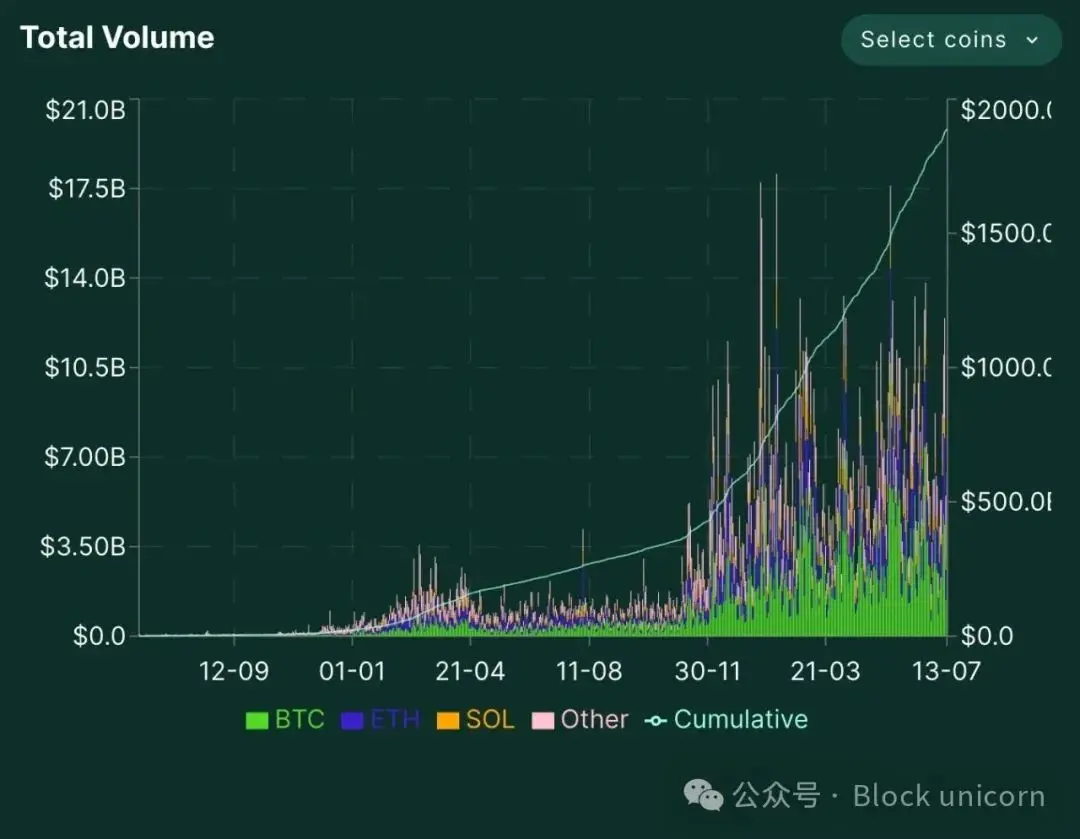Author: Thejaswini M A
Translation: Block unicorn
Introduction
Jeff Yan has a fascination with chameleons.
However, he is not enamored with the chameleon's ability to change color and blend in; rather, he is captivated by the animal itself. His Twitter handle is @chameleon_jeff, and in a recent podcast, he explained his interest: chameleons have eyes that can move independently in different directions, "their front feet have two toes, and their back feet have three toes, showcasing a very interesting evolutionary trajectory," and they possess a powerful tongue mechanism. "They are a bit like aliens on Earth," he said.
This quirk may seem trivial, but it reveals a lot about the guy who built one of the world's largest trading platforms with a ten-person team and zero venture capital.
In the past twelve months, Hyperliquid has processed $18 trillion in trading volume. The platform accounts for over 10% of global perpetual futures trading and handles more than 70% of decentralized exchange (DEX) perpetual trading volume. Its total value has grown to nearly $2 billion. More than 200,000 active users trade on the platform daily, generating hundreds of millions in revenue.
Jeff Yan did not initially set out to create one of the largest decentralized exchanges in the world. However, in less than two years, he achieved it. Jeff identified problems that others overlooked and solved them.
The Growth Path of a Systems Thinker
Jeff Yan's crypto journey began in Palo Alto, California, where he grew up in the heart of Silicon Valley. Unlike many of his peers who ventured into consumer internet companies, Jeff was drawn to the intersection of mathematics, physics, and complex systems.
As early as 2013, when most high school students were busy planning prom dates, Jeff represented the United States at the International Physics Olympiad and brought home a gold medal. This was enough to get him into any university he wanted, and he likely received several job offers even before graduating.
Thus, he naturally entered Harvard University, studying mathematics and computer science, and immediately joined HRT (Hudson River Trading), a highly secretive high-frequency trading firm where people could earn millions of dollars just by being a few microseconds faster than others.
"I learned a lot about markets and how to think rigorously about them," Jeff said. At HRT, he dealt with complex problems that merged engineering and mathematics, learned to build low-latency systems capable of executing thousands of trades per second, and understood how market makers provide liquidity and how different types of trading flows affect market efficiency.
After a few years at HRT, he left the company to explore the cryptocurrency space, sensing an opportunity.
In 2018, he attempted to build a layer-two prediction market platform, even raising some funds, moving to San Francisco, and assembling a team. But that startup failed, as regulatory uncertainty and insufficient user adoption stifled it. However, this experience taught Jeff valuable lessons about what crypto users truly wanted.
Between 2018 and 2022, after the failure of his prediction market platform, Jeff Yan shifted his focus back to trading. He began trading cryptocurrencies as a side hustle and quickly discovered significant inefficiencies in the market. Realizing the opportunity, he scaled up his efforts and founded Chameleon Trading in early 2020, a cryptocurrency market-making firm. During the bull market, Chameleon Trading rapidly grew to become one of the largest market makers in centralized crypto exchanges, solidifying Jeff's reputation in quantitative trading.
Then, the FTX incident happened.
In November 2022, Sam Bankman-Fried's empire collapsed, marking the fall of the exchange that was once seen as the future of crypto. Remember that $135 million venue naming deal with FTX? They had endorsements from celebrities like Tom Brady and Larry David.
"We witnessed the problems with FTX firsthand," Jeff recalled. "People realized that cryptocurrency was supposed to be a fun game until some bad things happened."
Jeff saw billions evaporate overnight due to users trusting centralized platforms. Most would view this as a warning to steer clear of cryptocurrency, but Jeff saw it as a challenge.
Building a "Rocket" in a Garage
The obvious solution was to create a decentralized exchange that could compete with large centralized exchanges. The idea was simple, but the execution was nearly impossible.
Every blockchain Jeff examined had issues. Ethereum was too slow. Layer-two solutions added latency. Solana was relatively fast but still not fast enough for serious trading. Each option required compromises that would worsen the exchange.
So, Jeff did what any rational person would do. Out of necessity for user experience, he decided to build his own blockchain from scratch.
The end result was Hyperliquid—a blockchain designed for trading, capable of processing 200,000 transactions per second and achieving near-instant finality. Users can trade on over 145 different markets with up to 125x leverage while keeping their funds in their own wallets.
In most startup stories, this is usually the moment when they turn to top venture capital firms to raise $50 million and hire hundreds of engineers. However, Jeff's approach was different. He funded development through the profits of the trading company, keeping the team lean with just ten people.
"We are self-sufficient," he said. "We don't need to raise funds, so the decision was simple."
Jeff believes that allowing venture capitalists to hold significant stakes in a decentralized network would become a "scar on the network" and harm its long-term development.
This self-sufficient approach allowed Jeff to focus on building a product that users love rather than catering to investor expectations. It also led to one of Hyperliquid's most innovative features: when the platform launches the HYPE token in November 2024, 31% of the tokens will be directly allocated to users based on their trading activity. This is one of the largest user-centric token distributions in the cryptocurrency space. The remaining tokens are allocated for future community rewards (38.88%), core contributors (23.8%), the Hyper Foundation (6%), community grants (0.3%), and small allocations for protocol upgrades (0.012%).
This token distribution model is possible because Jeff did not sell equity to venture capitalists demanding preferential allocations. Maintaining independence allows him to prioritize community ownership over investor returns.
When Hyperliquid launched in 2023, there were no press releases, no influencer partnerships, and no billboards in Times Square. Jeff simply opened the doors and watched what happened.
The result was explosive growth, surprising everyone. Within 100 days, daily trading volume reached $1 billion. By mid-2025, monthly trading volume is projected to reach $2.48 trillion, putting Hyperliquid on par with Binance and Coinbase.
Hyperliquid grew from zero to over 545,000 users in just two years.
"We don't have a marketing department," Jeff admitted. "I think the community has done an excellent job—better than all the marketing departments of those centralized exchanges."
This is not luck. Jeff designed the entire platform around aligning with user interests rather than extracting value from users.
This radical approach may make it impossible for other exchanges to replicate, even if they wanted to. When you've already raised hundreds of millions from venture capitalists, you can't easily distribute most of the tokens to users.
Ecosystem
While Hyperliquid initially started as a perpetual futures exchange, Jeff's vision has always extended beyond simple trading. In early 2025, the platform will launch HyperEVM, an Ethereum-compatible virtual machine that allows developers to build financial applications directly on Hyperliquid's blockchain.
The ecosystem is growing rapidly. Felix, a protocol for collateralized debt positions, now manages over $400 million in assets. HyperLend, a lending protocol, manages $380 million in assets. According to Jeff, the ultimate vision is to centralize all financial activities on one platform.

The problem Jeff identified is prevalent across all crypto exchanges: complex high-frequency traders use bots to quickly buy or sell after market makers post prices, acting before market makers can update their quotes when prices change. As a result, market makers are forced to widen spreads to protect themselves, and ordinary traders end up paying more.

Hyperliquid addresses this issue by deprioritizing fast "taker" orders that seize outdated quotes. Instead, the platform gives market makers a fair opportunity to update prices, resulting in smaller spreads and better prices for everyone.
The platform's order matching engine uses a price-time priority mechanism and incorporates rules for smooth execution. Special orders, such as cancel orders and limit orders, can take precedence over regular orders under certain conditions, meaning market makers can respond to new information and adjust quotes before being snatched up by fast traders.
This subtle change encourages market makers to offer tighter spreads, as they are less likely to incur losses from latency arbitrage. The result is better pricing and more liquidity for all traders on the platform. All of this occurs on-chain, making the process transparent, and users receive fairer and more consistent outcomes.
This technical complexity may be why professional traders—those most sensitive to execution quality—choose to use Hyperliquid, even though they have access to all centralized exchanges globally.
Future Outlook
However, Jeff faces an interesting question: how to scale a company with only ten people to handle trillions in trading volume?

His solution, as always, is counterintuitive. He is not hiring more people; instead, he is building tools that allow others to develop on Hyperliquid.
"If something can be done by someone else, it should be done by someone else," Jeff said. "We can hardly do everything ourselves. I think this is actually a blessing in disguise."
The platform recently launched a permissionless market creation feature, allowing anyone to create new trading markets by staking HYPE tokens—though it requires 1 million HYPE tokens (worth tens of millions of dollars), which is not affordable for everyone. For those who can meet this threshold, developers can retain up to 100% of the fees from the markets they create, a condition that traditional exchanges would never offer.
Jeff is also in discussions with sovereign wealth funds to build financial infrastructure, although he is reluctant to disclose specific locations. The goal is to prove that decentralized systems can handle the scale and complexity of national financial systems.
In July 2025, Nasdaq-listed biotechnology company Sonnet BioTherapeutics announced its entry into the crypto space, establishing an entity valued at $888 million focused on holding HYPE tokens. This deal will make the newly named Hyperliquid Strategies Inc. the largest holder of HYPE token assets among publicly traded companies in the U.S.
In an industry filled with grand promises to change everything, Jeff has built something simple… and useful. There are no grand proclamations about serving the unbanked, nor lofty visions of Web3 changing the world. Just a platform that traders genuinely enjoy using.
"We focus on building products that users love," Jeff explains. "Everything else is secondary."
This approach seems to be working. Hyperliquid now handles over 10% of global crypto derivatives trading, relying solely on a ten-person team and zero marketing budget. For Jeff, this is just another engineering problem to solve.
免责声明:本文章仅代表作者个人观点,不代表本平台的立场和观点。本文章仅供信息分享,不构成对任何人的任何投资建议。用户与作者之间的任何争议,与本平台无关。如网页中刊载的文章或图片涉及侵权,请提供相关的权利证明和身份证明发送邮件到support@aicoin.com,本平台相关工作人员将会进行核查。




